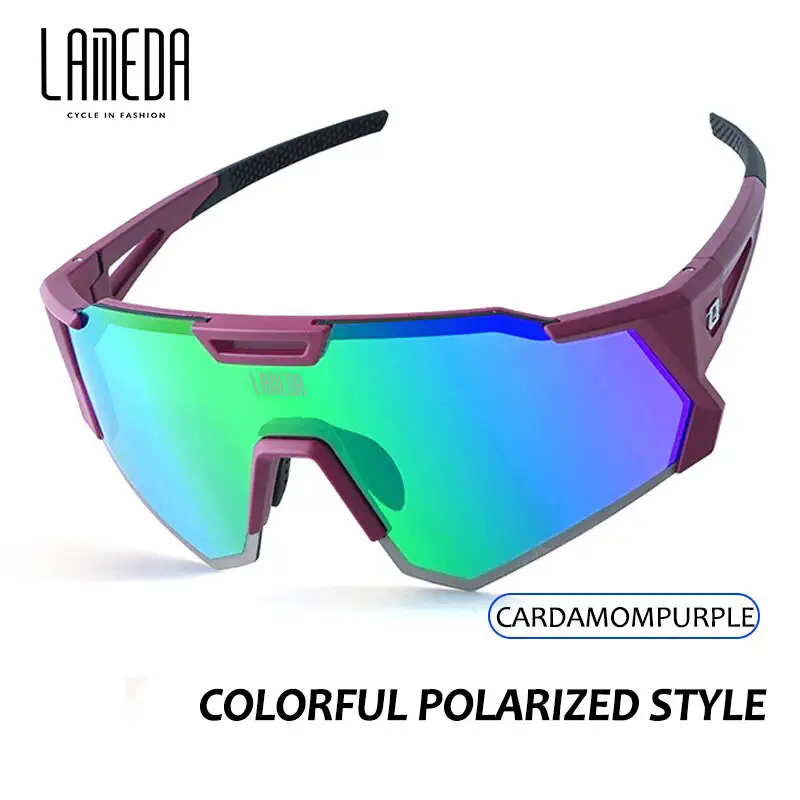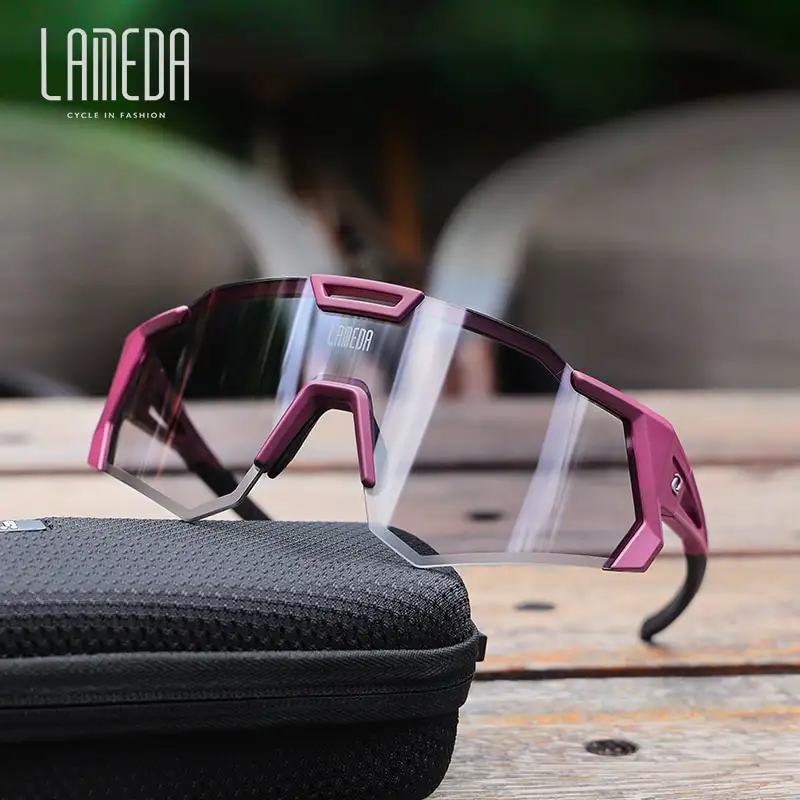As a cyclist, a pair of high-quality sunglasses is one of the most important gear investments you can make. Not only can sunglasses protect your eyes from the sun’s UV rays and prevent squinting while riding, but they can also be crucial for seeing the road ahead clearly and avoiding any potential hazards. However, with so many options out there, it can be tricky to know where to start when choosing a new pair of cycling sunglasses. This cycling sunglasses buying guide will walk you through the key factors to consider to ensure you choose the perfect pair for your needs.
Cycling Sunglasses Buying Guide
UV Protection
The number one feature of any cycling sunglasses is UV protection. Look for glasses that block 100% of UVA and UVB rays. UV exposure is harmful to your eyes and long term can lead to macular degeneration or cataracts. UV400 rated sunglasses meet standards for proper UV filtering and are a must for cycling eyewear. Lens Color
After UV protection, lens tint is the most important factor. Lens color impacts what you see, how much light gets through the lens and how you perceive colors. For cycling, amber or yellow-tinted lenses are good because they increase contrast on the road. Gray lenses also work well without distorting colors. Photochromic lenses that transition from light to dark with outside light conditions are convenient for cycling.

Glasses Fit
Cycling sunglasses should fit snugly but not too tight. They should not slip down your nose, give you a headache or feel uncomfortable with your helmet on. Look for sunglasses designed specifically for cycling or sports since they account for helmet use and movement. Features like rubber nose pads, ear tips and wraparound frames provide a non-slip grip. Straight arms also work better than curved arms under helmet straps. Lens Size and Shape
Lens size and shape depends on your personal preferences but does affect glasses fit and coverage. For most cyclists, larger wrap-around lens offer the best coverage and eye protection. They shield from wind, debris and insects. Larger lens also increase your field of view which aids cycling. However, smaller round lens can also work well and suit certain face shapes. Select a size and shape that provides good coverage but you still find comfortable and attractive.
Interchangeable Lenses
For versatility, look for cycling sunglasses with interchangeable lenses. Extra lenses let you adapt to different light conditions by switching out lenses easily. Have lenses for low light, bright sun and overcast days so you can ensure ideal clarity no matter the weather. Some brands offer prescription lens inserts if you need corrective vision. Interchangeable lenses are ideal for all types of cycling. Durability
Durability is also important for cycling sunglasses exposed to intense conditions. Look for polycarbonate lenses, hardy synthetics for frames, and coatings like scratch and impact resistance. Stainless steel hinges, metal nose bridges and temple inserts increase strength. Although cheaper plastics still block some UV, they break down faster. High quality, durable sunglasses will outlast others and withstand cycling demands. Reputable Brands
There are brands that specialize in high-performance cycling eyewear. Some top recommended brands are Oakley, Smith Optics, Rudy Project, POC, Shimano and Tifosi Optics. These brands are trusted, tested, provide advanced lens and frames, and design specifically for sports. While brand name glasses cost more, they save you money long-term due to their high quality, durability and construction.
To summarize, for cycling sunglasses look for: 100% UV protection; amber, gray or photochromic lens; snug but comfortable non-slip fit; larger wrap-around size for coverage; high quality durable materials; interchangeable lenses; and a reputable brand. The right sunglasses keep your eyes safe, the road ahead clear and let you focus on enjoying the ride. Choose carefully and happy cycling!
HOW ABOUT LAMEDA Cycling Sunglasses
LAMEDA Sport Polarized Sunglasses – These offer 100% UV400 protection, polarized gray tinted lenses to reduce glare, and a sporty but stylish wrap-frame design. The polarized lenses and coverage provided by the wrap shape would serve cyclists well. At around $20, they seem reasonably and affordably priced.
LAMEDA Photochromic Sunglasses – For interchangeability, these sunglasses feature photochromic lenses that transition from nearly clear to dark gray tinted based on light conditions. This automatic adjustability would suit cycling in both bright and overcast conditions. They also provide 100% UV protection and distortion-free vision. At $50, they may be worth the investment for versatile performance.

LAMEDA Multi-lens Sunglasses – For multiple options, these sunglasses come with four interchangeable lenses: mirrored red, brown, yellow and transparent. The variety of lens tints allow you to choose ideal lenses based on outside light and cycling needs. They provide UV400 protection, shatterproof polycarbonate lenses and a sports frame design. At $60, they could be a good choice if interchangeable lens are a top need. Some potential downsides to consider with the LAMEDA brand include:
Quality and durability – At lower and mid-range price points, the quality, durability and longevity of the frames and lenses may be more limited. For high-intensity cycling, they may not withstand impacts, stress or heavy use as well as more premium brands.
Limited high-performance features – LAMEDA sunglasses seem better suited to casual cycling and recreation. For high-performance road or mountain biking, the lens technology, materials and design may lack some advanced features found in performance brands like Oakley, Smith or POC.
Niche brand – LAMEDA seems to be a budget-friendly sunglasses brand, although one aimed at sports and an active lifestyle. However, it appears to lack the pedigree and reputation of some of the major players in the cycling eyewear market. For some cyclists, brand reputation is meaningful.
Overall though, for budget-conscious cyclists participating in casual riding, LAMEDA cycling sunglasses could work well and seem worth considering. They provide the essentials like UV protection, sporty designs and polarized or photochromic lenses at affordable prices.
